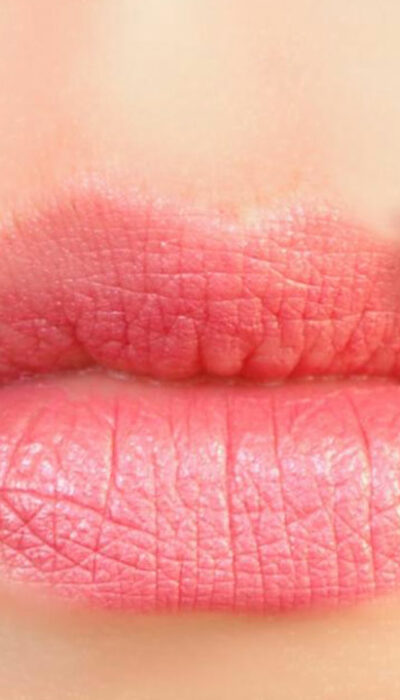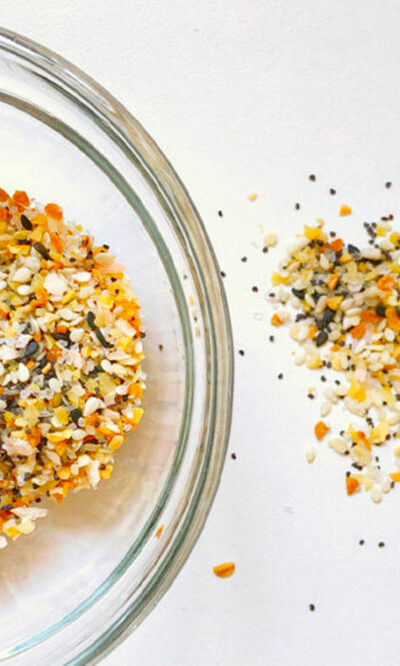
Top 5 human foods that are safe for cats
Our pets can mean the world to us. With cats being among them and one of the most adored creatures, these furry loved ones deserve great care on our behalf. When it comes to choosing the right foods and healthy diet options for cats, it is essential to choose one that comprises an adequate amount of nutrition with the right protein and healthy fat levels. However, choosing the right one considering the plethora of options available in the market can be a daunting task. In the following, some of the popular food treats for cats and also some healthy diet options have been listed to help you make an informed choice. The price of the product does not always determine the quality of the food. Always read through the ingredients and make sure it meets all essential nutritional values for your pets. Look for high-grade animal and edible proteins, vitamins, minerals, fatty acids, and carbohydrates which would all make a portion of wholesome food with natural ingredients. Some of the popular food treats with these benefits include the following: Merrick Purrfect Bistro Grain-Free Canned Food This product is rich in omega-3 fatty acids and antioxidants that can help in developing and strengthening muscles. It is a wet food with a grain-free chicken recipe. American Journey Grain-Free Dry Cat Food It is a dry variety of grain-free cat food that is made of real meat with digestible resources such as fruits and vegetables that help in easy digestion. Weruva Your cat will love this tasty wet food which is made of natural animal proteins with no added preservatives or artificial coloring. Purina Beyond® Indoor Grain-Free Food A tasty meal for your cat prepared from fresh salmon and chicken is a thickened source of protein and other essential supplements. If packaged food might seem to be expensive at times, cat owners can resort to delicious cat food recipes that they can make from the items available in their pantry.



